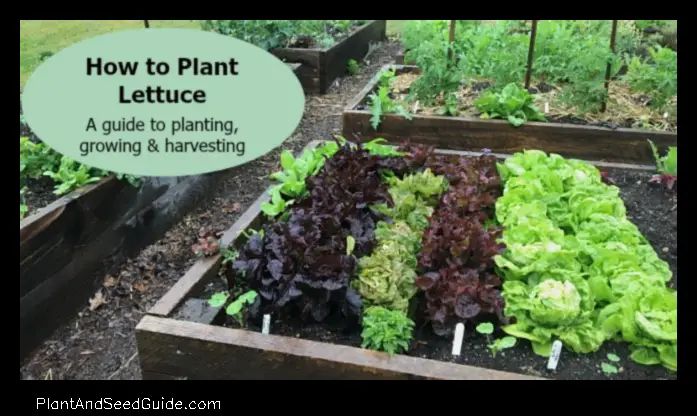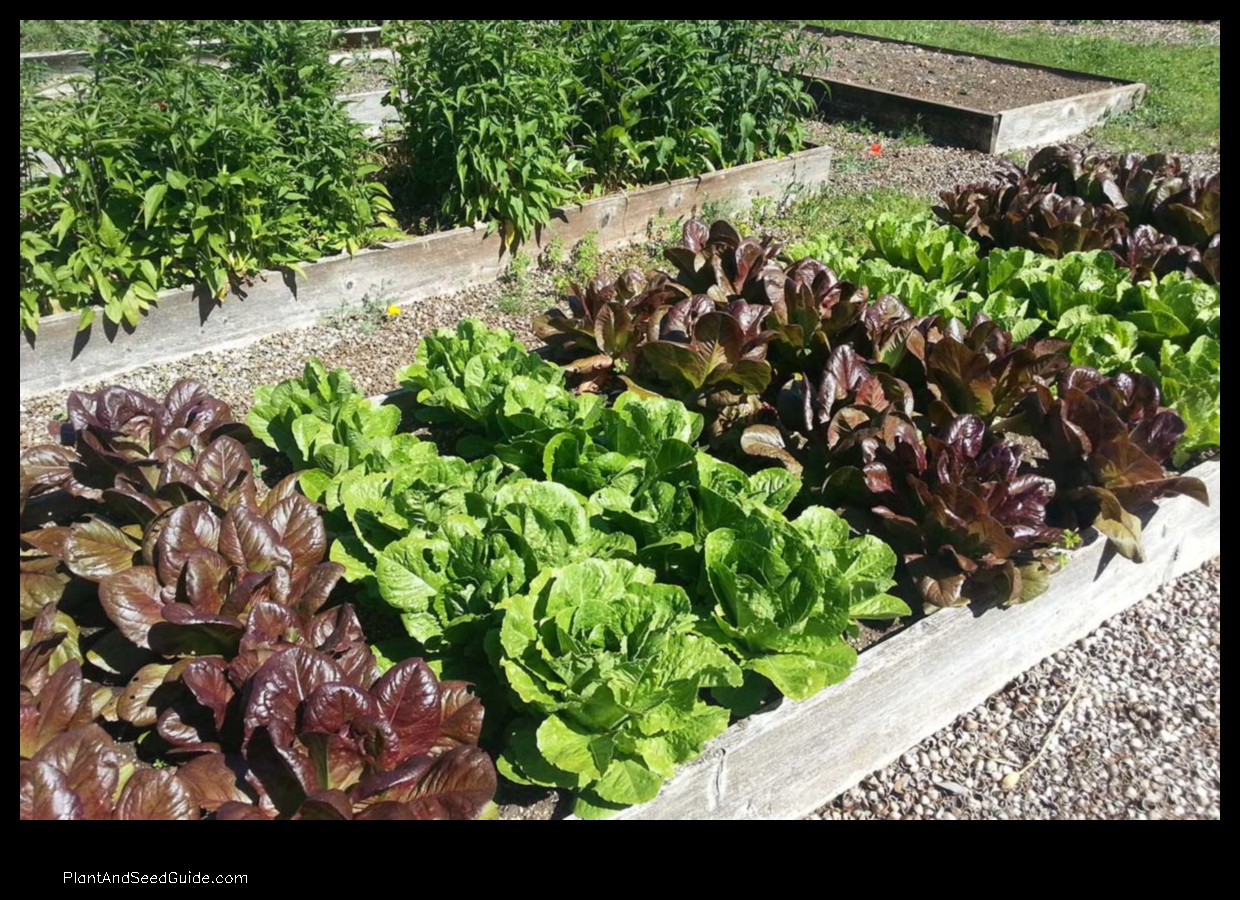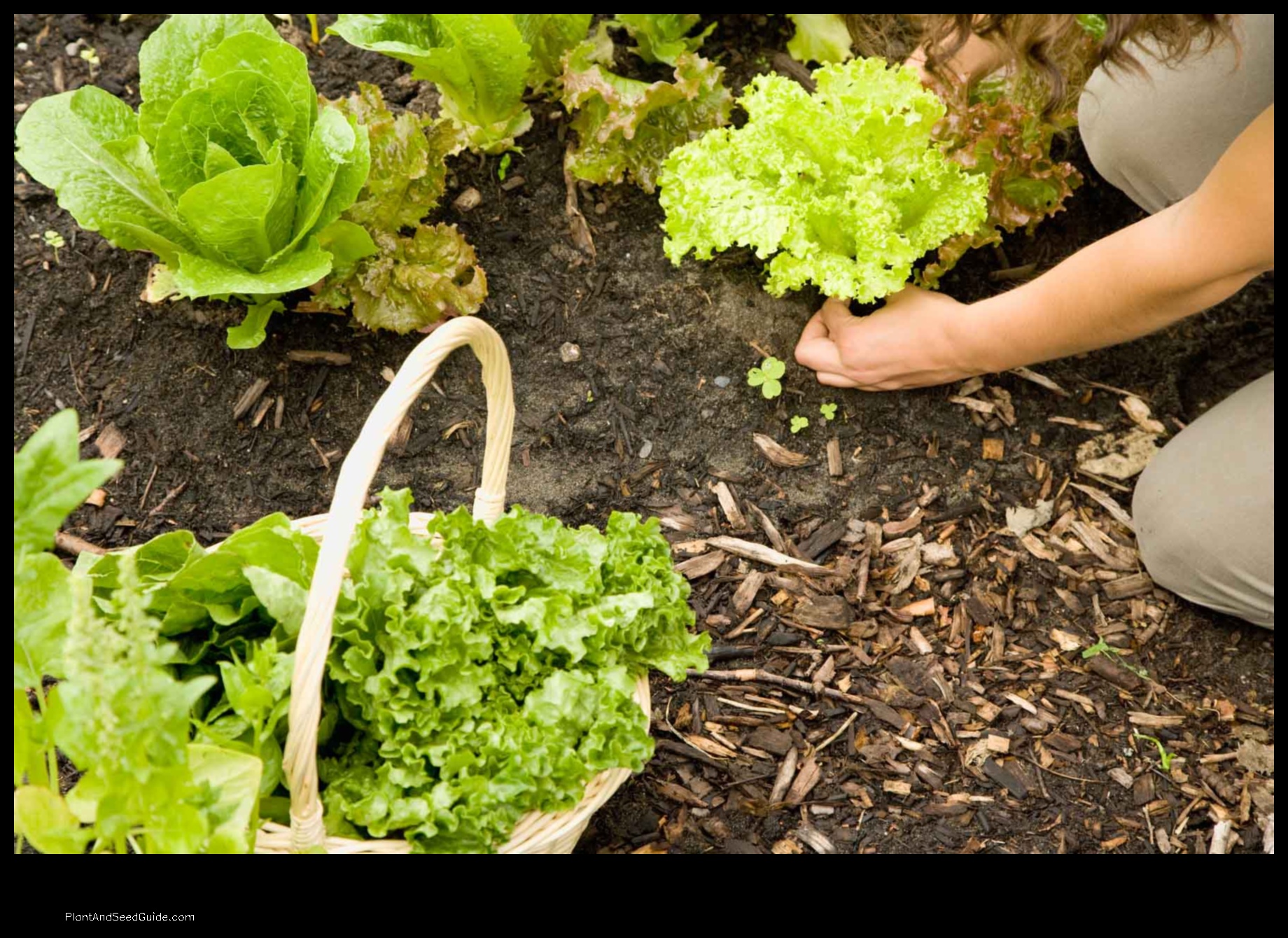
How to Plant Lettuce in Raised Beds
IChoosing the Right Raised Bed
Preparing the Raised Bed
Planting Lettuce Seeds
Germination and Care
VHarvesting Lettuce
Pests and Diseases
Troubleshooting
Benefits of Growing Lettuce in Raised Beds
FAQ
| Feature | Answer |
|---|---|
| Raised bed gardening | A raised bed is a garden bed that is built up above the ground level. This can be done for a variety of reasons, such as to improve drainage, to create a more level gardening space, or to protect plants from pests and diseases. |
| Lettuce | Lettuce is a leafy green vegetable that is a popular choice for home gardeners. It is easy to grow and can be harvested throughout the growing season. |
| Growing lettuce | Lettuce can be grown in a variety of ways, including in raised beds, in containers, or in the ground. The best way to grow lettuce will depend on your climate and gardening space. |
| Vegetable gardening | Vegetable gardening is the practice of growing vegetables in a home garden. This can be a fun and rewarding way to get fresh, healthy food for your family. |
| Container gardening | Container gardening is the practice of growing plants in containers, such as pots, tubs, or window boxes. This can be a great way to garden if you have limited space or if you live in an apartment or other small space. |
IChoosing the Right Raised Bed
When choosing a raised bed for growing lettuce, there are a few factors to consider, including the size of the bed, the type of material it is made from, and the drainage.
The size of the bed will depend on how much lettuce you plan to grow. If you are only planning to grow a few heads of lettuce, a small bed will suffice. However, if you plan to grow a large amount of lettuce, you will need a larger bed.
The type of material the bed is made from is also important.
Wood is a popular choice because it is relatively inexpensive and easy to work with. However, wood beds can rot over time, so they will need to be replaced eventually. Plastic beds are more durable than wood beds, but they can be more expensive. Concrete beds are the most durable option, but they are also the most expensive.Raised beds can be made from a variety of materials, including wood, plastic, and concrete..
Finally, you need to consider the drainage of the bed. Lettuce does not like to sit in water, so it is important to make sure that the bed has good drainage. If the bed does not have good drainage, the roots of the lettuce will rot and the plants will die.
Preparing the Raised Bed
The first step in planting lettuce in a raised bed is to prepare the soil.
To do this, you will need to:
- Remove any weeds or debris from the bed.
- Add a layer of compost or organic matter to the soil.
- Till the soil to a depth of 12 inches.
Once the soil is prepared, you can plant your lettuce seeds.
pan id="Planting_Lettuce_Seeds">Planting Lettuce Seeds
To plant lettuce seeds, you will need:
- Lettuce seeds
- A raised bed that is at least 12 inches deep
- Soil that is well-drained and fertile
- A watering can
To plant the seeds, follow these steps:
- Sow the seeds 1 inch apart in rows that are 12 inches apart.
- Cover the seeds with 1/4 inch of soil.
- Water the seeds well.
The s
eeds will germinate in 7-10 days. Once the seedlings have emerged, thin them so that they are 6 inches apart.Water the lettuce regularly, especially during dry spells. Fertilize the lettuce every 2-3 weeks with a water-soluble fertilizer.
Lettuce is ready to harvest when the leaves are firm and crisp. To harvest the lettuce, cut the leaves off at the base of the plant.


